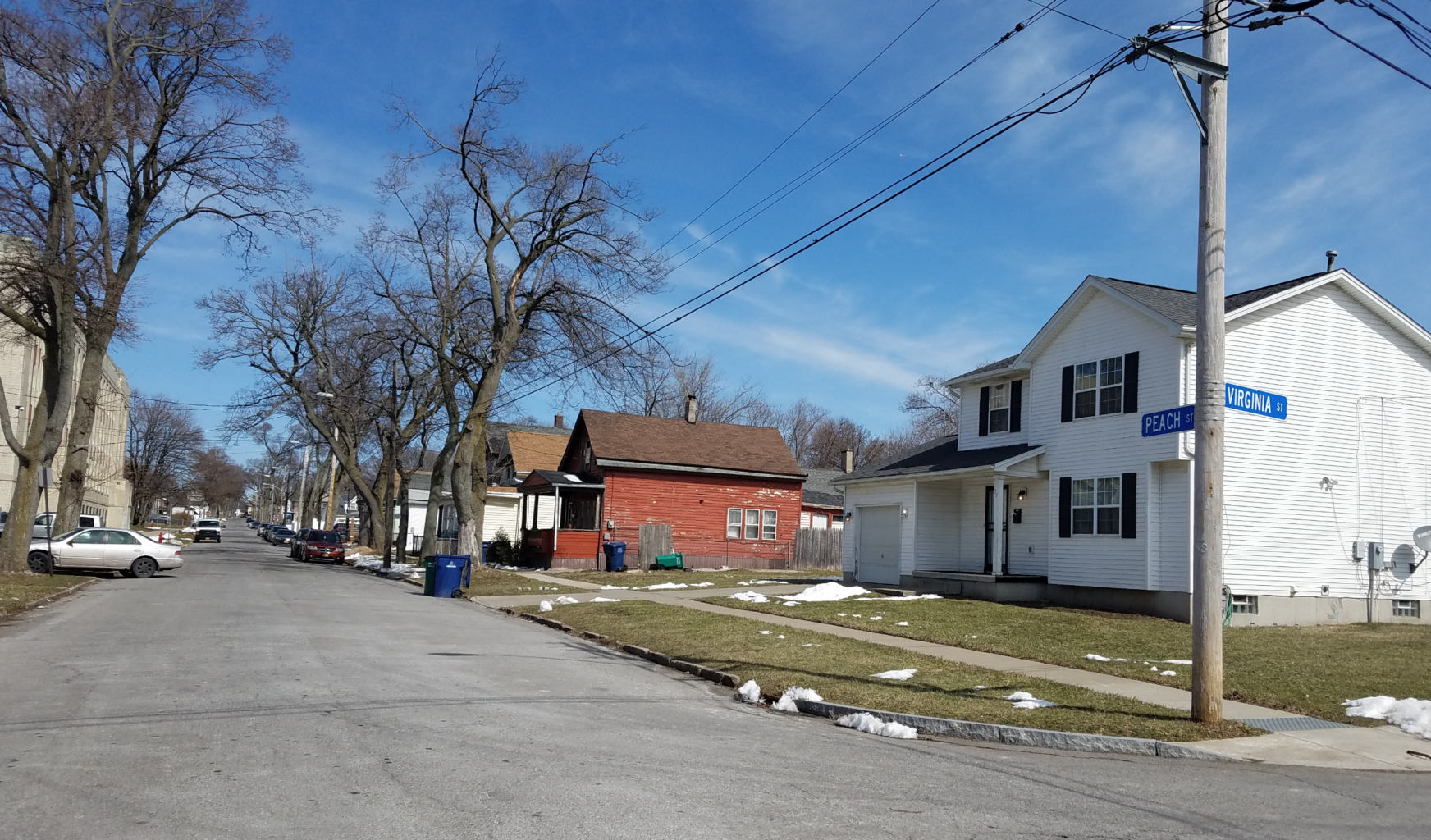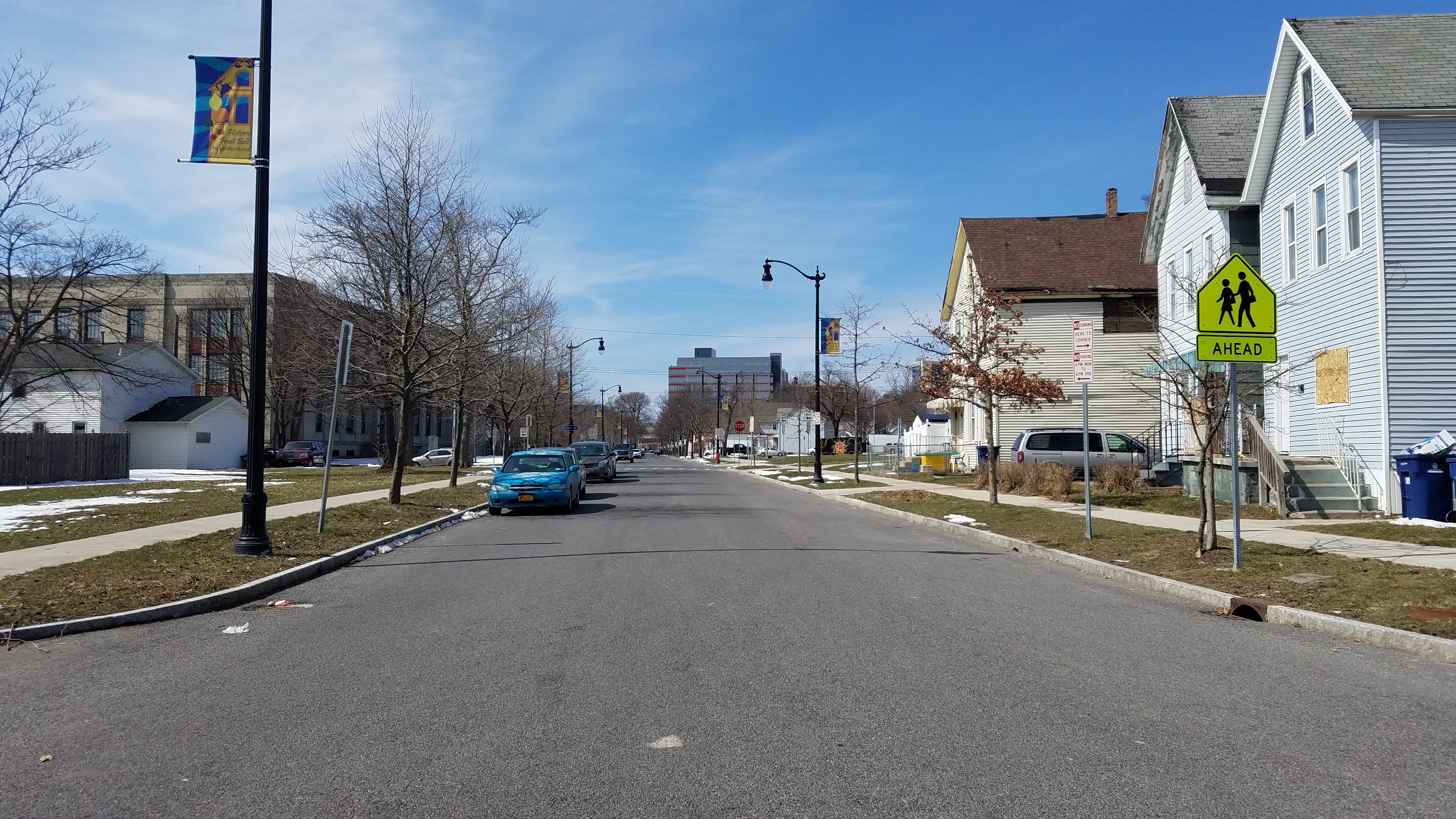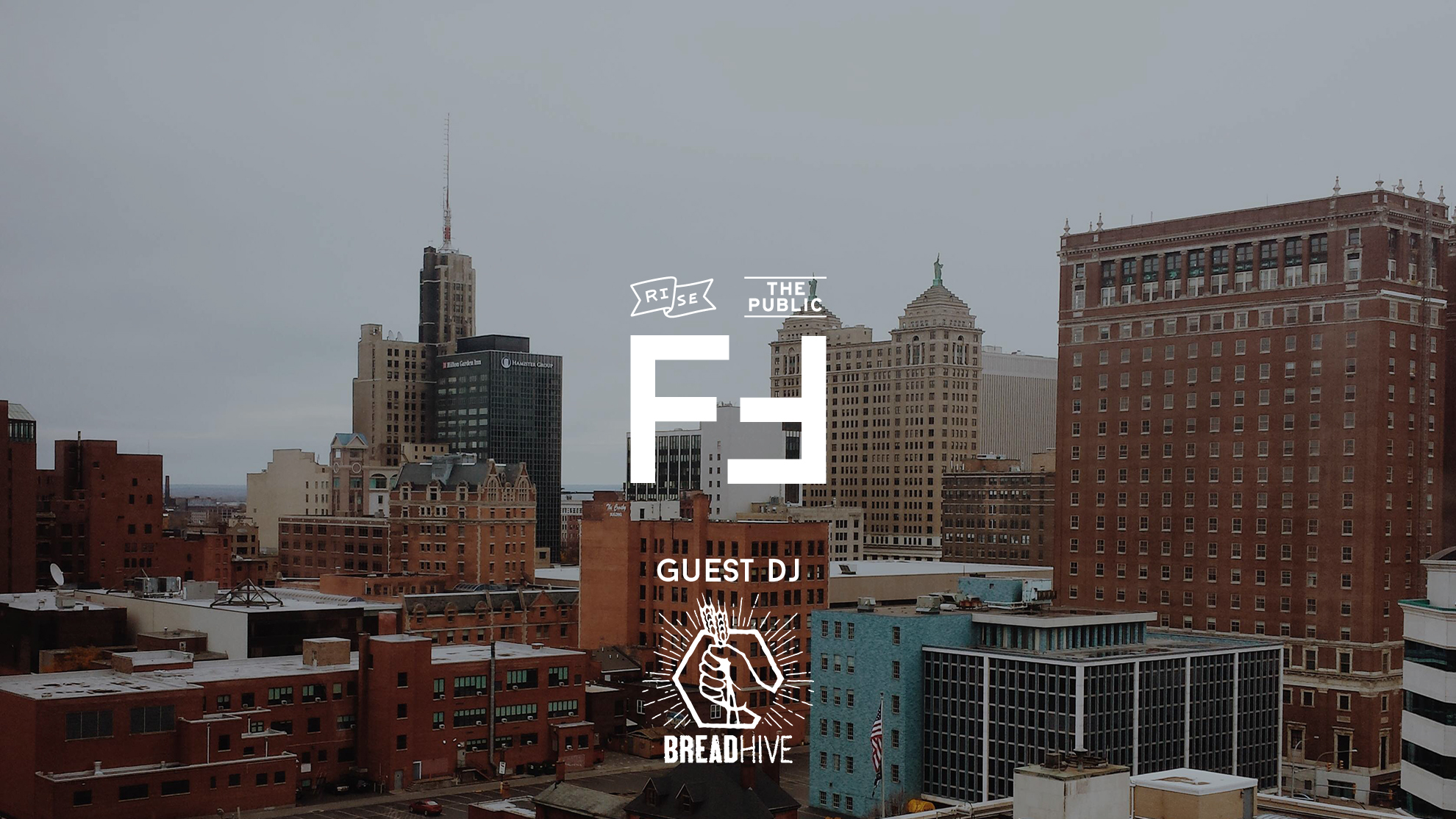Photo: Kevin Heffernan
Article by FBCLT Board of Directors
When the Fruit Belt Advisory Council (FBAC) was formed 7 years ago, Council President Darius Pridgen charged the duly elected leadership to come together with one mission and purpose: To determine the needs of the community and to offer solutions to those needs. Through countless conversations with other Fruit Belt residents, we found that gentrification was the most pressing concern in the neighborhood. The massive investment flowing into the Buffalo Niagara Medical Campus was causing displacement for longtime residents—many of whom are on a fixed income or are elderly.
The data supports the very real concern residents have; the notion that the Fruit Belt isn’t already under immense development pressure is simply false and irresponsible reporting. According to Census five-year estimates, median gross rent rose 40% from 2006-2010 to 2012-2016. Houses in the Fruit Belt are selling for nearly three times the price that they were assessed at in 2007, according to the City’s OARS website. Moreover, when the City completes its reassessment process, property tax bills may rise steeply in the neighborhood. This could lead to longtime residents losing their homes and, along with it, the wealth they hoped to pass on to future generations. Add to this a historic context of intentional disinvestment, redlining, and racial discrimination, and it becomes clear why Fruit Belt leadership and residents needed to find community-driven solutions.
The FBAC, in partnership with the Community First Alliance (a coalition of Fruit Belt-based organizations and allies), carefully considered policy options based on local realities and national best practices. The group concluded that a community land trust (CLT) was the most strategic tool to stop resident displacement, in part because the city owns over 200 vacant lots in the neighborhood.
The F.B. Community Land Trust (FBCLT) was incorporated in Spring of 2017 and anticipates receiving its 501 (c) (3) status in the coming month. Currently, it has more than 100 members, has received support from several national foundations, and has been featured in national publications such as Nonprofit Quarterly, Next City, and the Huffington Post.
The structure of the land trust guarantees neighborhood control through membership and voting rules. It’s a great framework not just for development without displacement and for letting the community shape its own future, but it also creates wealth-building opportunities through affordable home ownership.

The CLT model has a proven track record of success; there are over 250 CLTs across the country. One notable example is Dudley Street Neighborhood Initiative which has partnered with non-profit developers to create 300 new homes, rehab an additional 300 homes, create a Town Common, gardens, urban agriculture, parks and playgrounds.
We expect similar results here in Buffalo. Thanks to the visionary leadership of Council President Darius G. Pridgen, who put a moratorium on the sale of City-owned lots within the Fruit Belt neighborhood and later convinced the City of Buffalo to partner with the residents on the first 20 lots, the Fruit Belt has an unprecedented opportunity and strategy to replicate that success locally.
The F.B. Community Land Trust represents a new day in Buffalo and a new economic paradigm based on equity, opportunity, and inclusion. It starts here, in our neighborhood, where we’re building together, lot by lot, and we invite you to join us in that noble pursuit.




